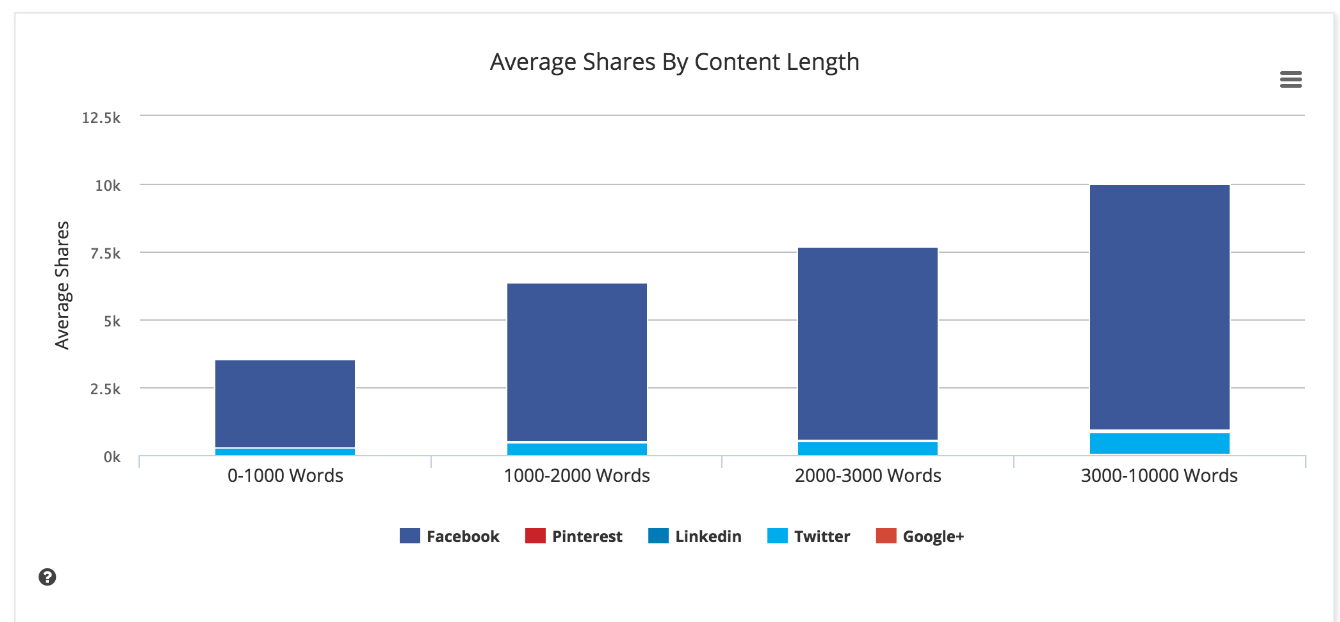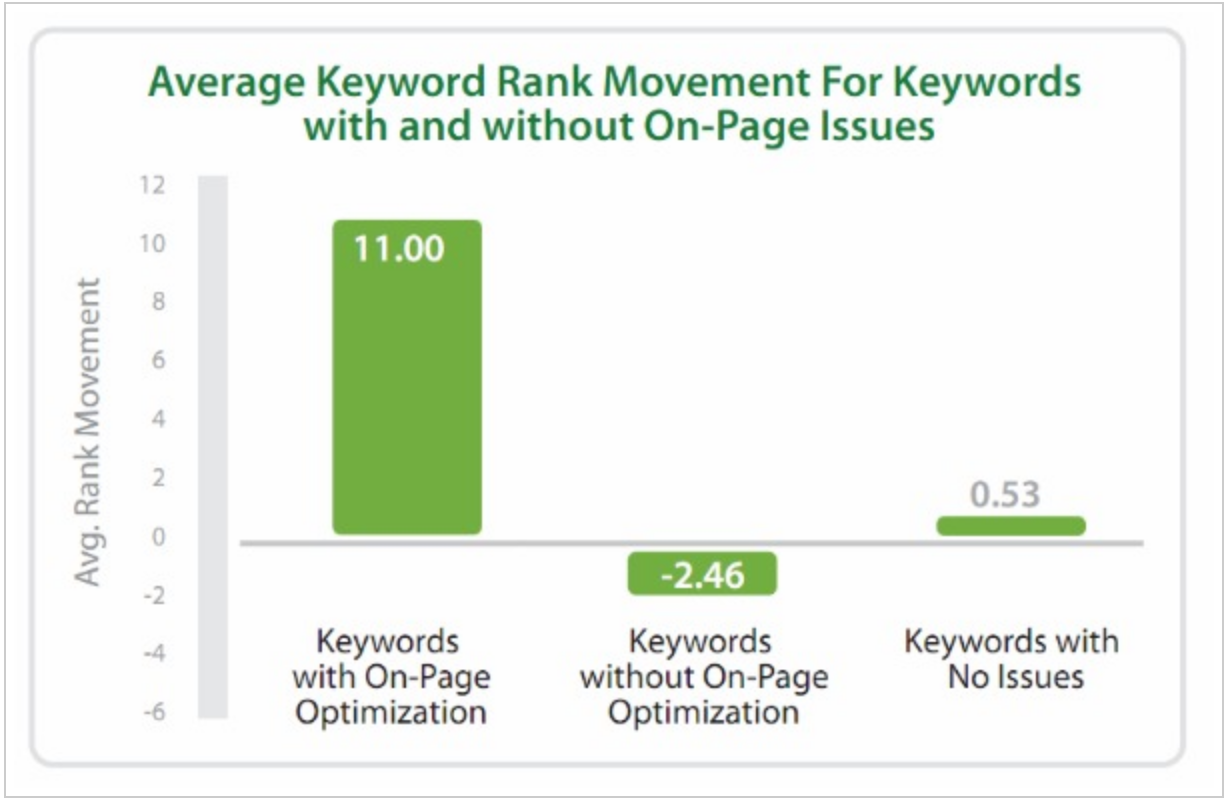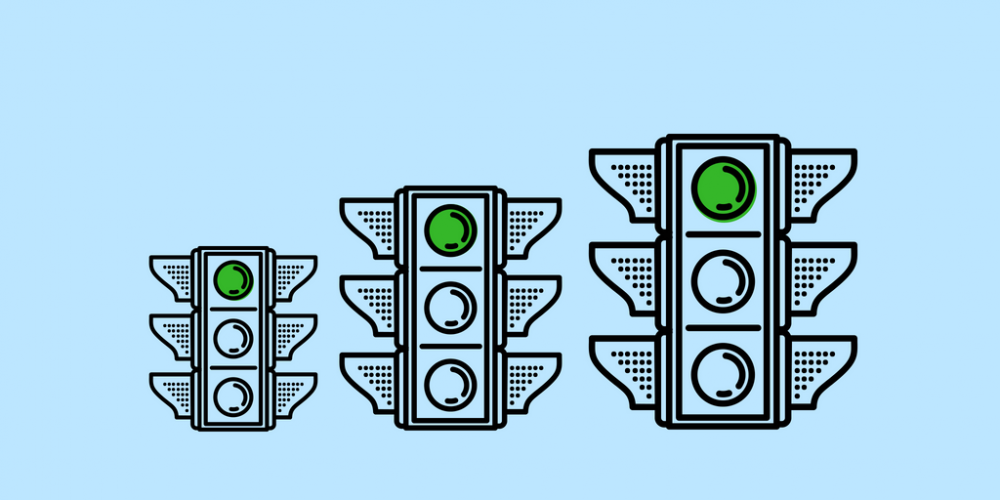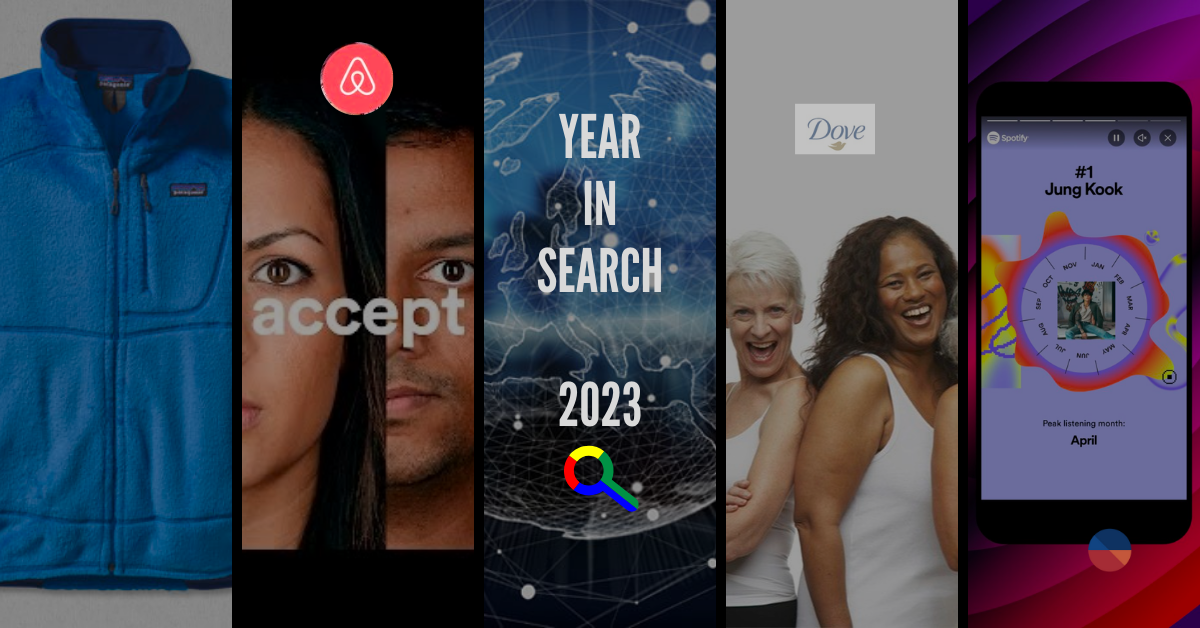Ways To increase your Website Traffic
Aren’t there ample materials online which talk about how to generate traffic to your website? What is different in this one? Why should I bother even opening this?
Well, these were the exact questions we started with.
And yes, Google search returned over 2 Million results to this same topic.

We won’t say anything new or different. Err…keep reading.
This article aims to present to you a consolidated overview of the essentials you need to work on to increase quality traffic to your website through:
1. On Page SEO
2. Social Media Marketing
3. Create Content Rich Blog
4. Start Email Marketing
5: Google Analytics
Let’s begin!
1. On-Page SEO
SEO, as we all know is Search Engine Optimization. This is a technique which helps you rank as high as possible on search engine (like Google) result pages.
SEO can be done both On-Page and Off-Page.
On-Page SEO helps search engines read your website content better, while Off-Page SEO (through social bookmarking, blog marketing, and social networking) helps build web links pointing at your website. However, Off-Page SEO depends on other sources, such as social networks, other blogs in your industry, and the personal history of the searcher.
Get started with On-Page SEO, with a few basics:
a) Relevant Usage of Keywords
Keywords are the phrases or the words that define what your content is about.
When it comes to SEO, keywords have an important role to play. Keywords in your website content define your business or brand.
In SEO lingo, keywords are the words and phrases that searchers enter into search engines. These are also called “search queries”.
However, with the search engines getting smarter each day, stuffing your content with keywords won’t help much anymore rather may negatively impact your ranking.
b) Page Titles
What attracts you the most when you hear a book or movie name — mostly their titles, right?
In the same way, page titles on search engines also play a major role in telling the audience the topic of the webpage and how relevant a page is to a searcher’s query.

While framing your page titles look out for:
o Number of characters in the page title — Page titles should up to 60 characters including spaces and punctuations. Anything more than the character limit will be displayed as “…” on the search engine result pages (SERP).
o Use your identified keywords at the start of your title page. Be careful not to overuse them.
c) Meta Description
It is a snippet of 320 characters that summarizes a page content. The meta description appears under your page URL in the search results.

d) URL Structure
URLs are one of the most basic and important aspects of SEO. Creating an SEO-friendly URL is required to attain a higher rank in the search pages.
By SEO-friendly URLs, we mean to create URLs that are precise with relevant keywords; avoid using long and difficult-to-read URLs. Google has confirmed that the first 3–5 words in a URL are given more weight.
e) Body Tags (H1, H2, H3, H4 etc.)
The H1, H2, H3, H4, H5 and H6 elements are used to create headlines in descending order of importance.
It is better to wrap your post title in H1, subheadings in H2, subcategory of subheadings in H3 etc. Make sure to include keyword-rich content in H1, H2 and H3 tags.
f) Internal Linking
Placing your links from one page on a domain which leads to another page in the same domain is another great way of improving On-Page SEO.
2. Social Media Marketing
Outreach or promoting your business through the various Social media channels can definitely reach a larger audience base.
If you are struggling how to crack the code, here are few of the ways to do the same:
a) Choose the right channels: Many marketers get drawn into using as many platforms as they possibly can to reach more people.
Whilst the reach potential is undoubtedly higher, this approach has several drawbacks, especially because customization in terms of serving the right content and following best practices and optimizing content for each channel can prove to be counterproductive and laborious.
b) Be Active on Social Media: Be active in social media groups and communities that are related to your business; get involved in the discussions, answer questions that people are asking.
The more you engage with your customers, the more attention or popularity you will get.
c) Increase Your Reach With Hashtags: Using hashtags can expand your reach, not only among your current followers and audience but also attract a wider audience set.
Hashtags make your content discoverable and increase your chances of engagement. Aside from getting mentioned by influencers, using hashtags is one of the easiest ways to grow your audience.
d) Be Regular: Post and share content regularly.
If you publish blogs or create content of your own be sure to do it at regular intervals; after all, you do not want your audience to wait for an update from you too long to lose them.
e) Give credit: Not everyone creates original content. Thus when you are curating your next blog or article, give credit in terms of a backlink and mentions.
More often than not, such gestures do not go unnoticed and when the favour is returned, it comes in the form of a re-tweet or social share or backlink to your website. And it sure brings a truckload of traffic and credibility back to you.
3. Create rich content Blog
According to Hubspot, 53% of marketers say blog content creation is their top inbound marketing priority.
Blogging is proven to be one of the most effective ways to increase traffic to your website. A relevant, keyword optimised and information-rich content improves your chances of higher search engine ranking, provided it is marketed properly.
If you already have a blog but nobody is visiting, then you should work on a few strategies that will not only bring more audience to your blog but also increase your overall site traffic.
Here are few of the tactics to follow when writing your blogs:
a) Catchy blog title
8 out of 10 people will read headline copy, but only 2 out 10 will read the rest of the content.
Your content title is as important as the body. Be specific, generate curiosity and be human i.e know how will your audience search for the information on your blog and title it accordingly.
b) Content volume
So how long should your content be? Well, anything less than 300 words is considered as thin content.
Various research has proven time and again really long blog post (1000 words or more), have a higher chance of ranking well in search engines.
Take a look at this chart which maps average shares by content length on various social media platforms and establishes to “go-long” with your content.
c) Long-Tail Keywords
Long-tail keywords are more human and give you a better chance of ranking higher for queries specific to your products or services.
According to a study on its keyword rankings within Google’s search engines, a New York-based SaaS company conductor found that long-tail keywords with and without On-Page optimization were impacted more than single-word head terms.
It means that usage of long-tail keywords can help you connect with your customers in a better way and can help you outrank the competition.
Okay, so not every one of us wants to write blogs, what are the other types of content?
We can write a whole other blog of over 2500 words on the various content types and their best practices. But for now, let us give you the toplines. The top choice of content are:
1. Videos/GIF
2. Podcasts
3. Infographics
4. Blogs
5. Articles
6. Case Studies
7. Presentations
8. Whitepapers
9. E-books
10. Newsletters
4. Start Email Marketing
Email use worldwide will top 3 billion users by 2020.
But starting email marketing does not mean, bombarding your customers with spammy — sales-y emails. As everything is about adding value, targetted newsletters or promotions with relevant content is an effective way to be at the top of your audience’s mind.
A couple best practices found through various blog studies:
-
- According to Hubspot, emails that included the first name of the recipient in their subject line had higher click-through rates than emails that did not.
- Adestra’s study showed email subject lines that include the words “thank you” have the highest above-average engagement levels.
But what are the advantages and challenges of email marketing you ask?
Let’s see..
Advantages
o Build Relationships: Incorporate an “unsubscribe” link to your email.
You will know your genuinely interested audience and can target them better with your products/services details. This will also help you strengthen your relationship with the people who want to know about your brand.
o Less time consuming: With a minimal amount of time in creating, emails can reach millions of people in a few minutes.
o Brand Awareness: Even if people do not open, sending regular emails to your target audience creates a larger impression and increases brand recall and thus conversion.
Challenges
o Getting Attention: With an average person receiving hundreds of emails each day, you will need more than just good content to grab your customers attention.
o Achieving measurable return on investment (ROI): If you want to verify just what your ROI is from your email marketing, you will need to set up a strong closed-loop marketing system, which may not be cost-effective for small size businesses
5. Google Analytics
Knowing about your target audience is very important — it will help you to craft your marketing campaigns better. Google Analytics is one of the best free and exhaustive tool available. It gives you general audience insights like age and gender, geographic indicators, their online behaviour insights among others.
With the demographic information as such, you can target and create custom campaigns for your customers.
Driving a large amount of traffic to your website is easy but time-consuming too. Not all strategies will yield results immediately. However, with time, things keep getting better. Well, now get started with it!
Leave us any questions in the comments section or call us anytime for an extra set of hand.
Post a Comment
You must be logged in to post a comment.






